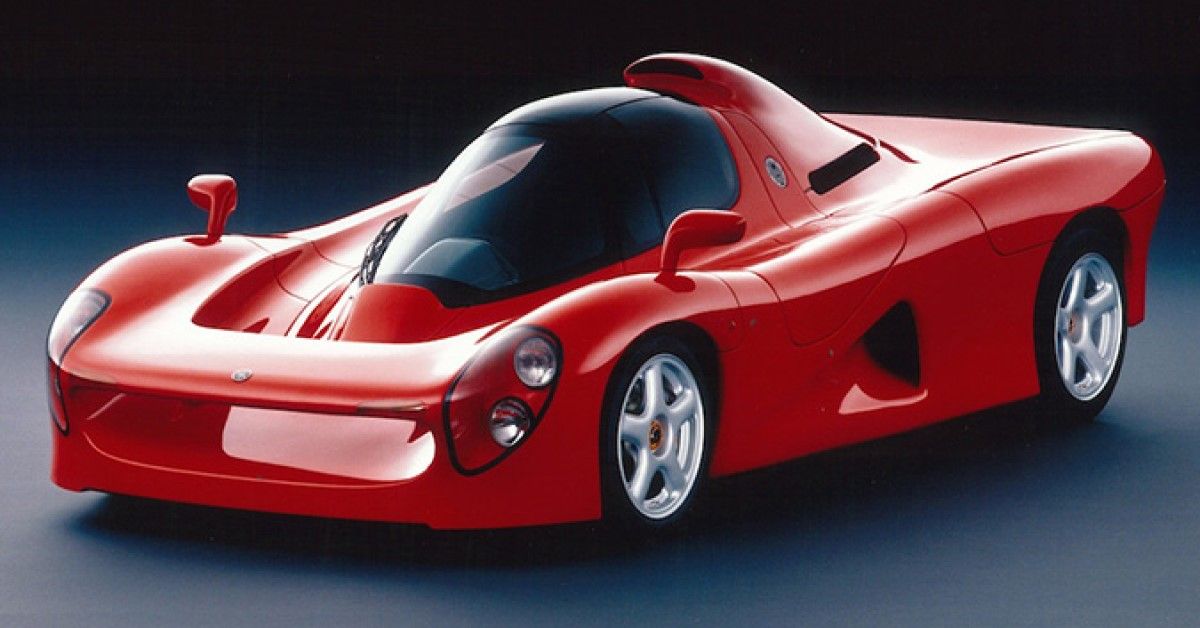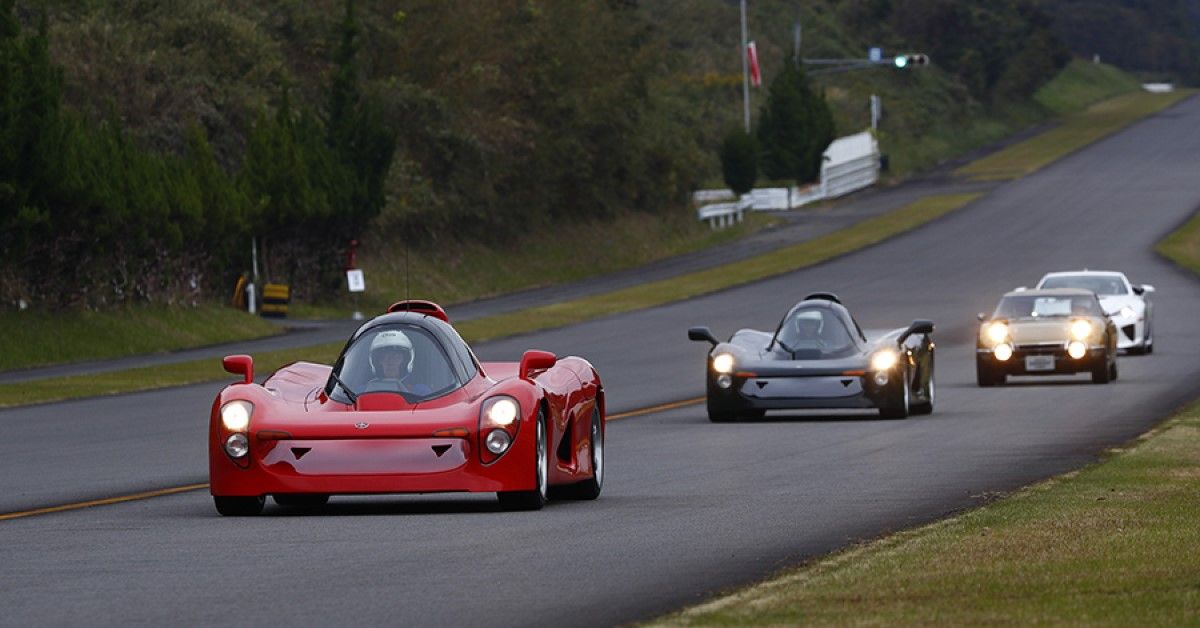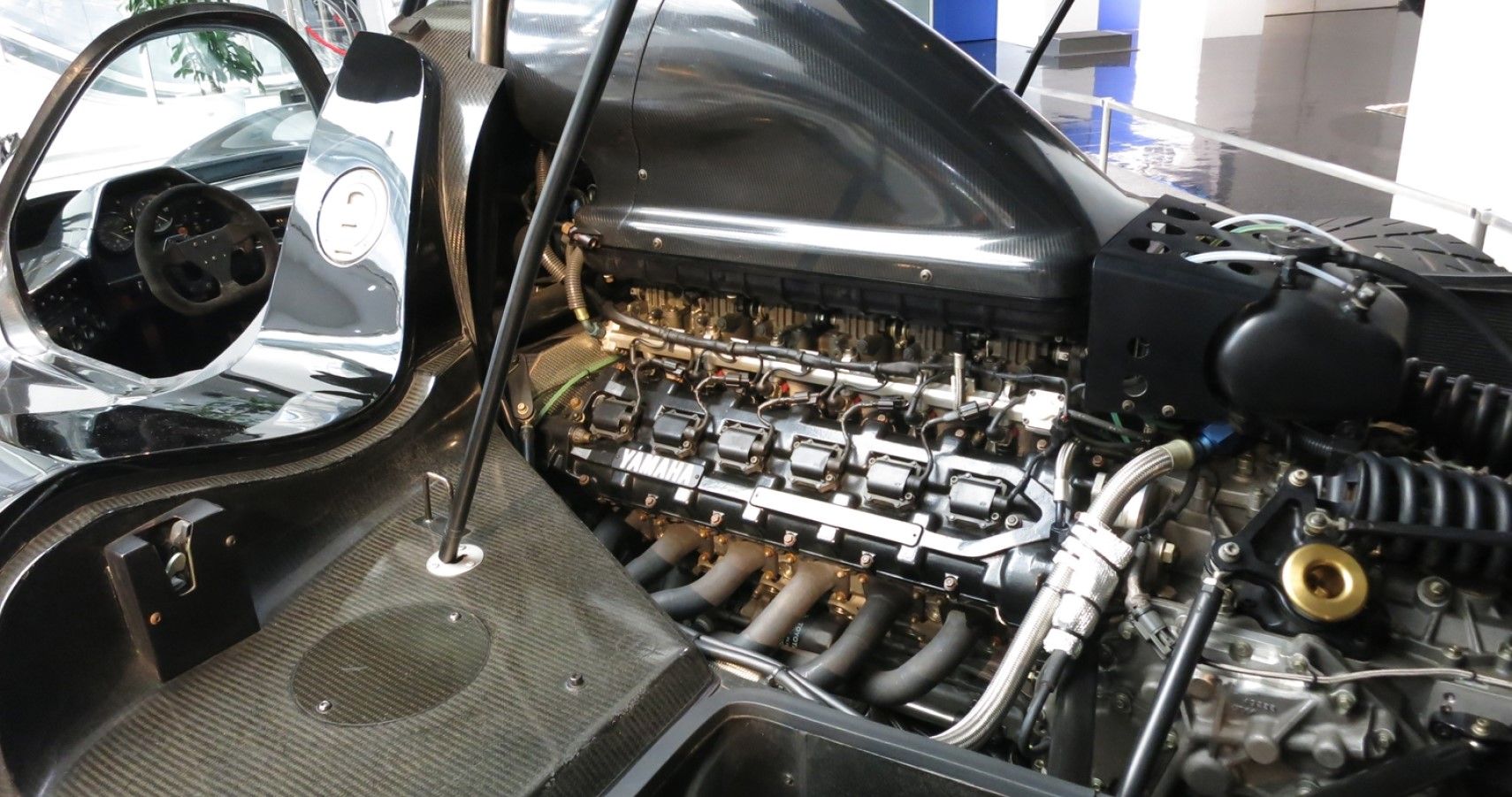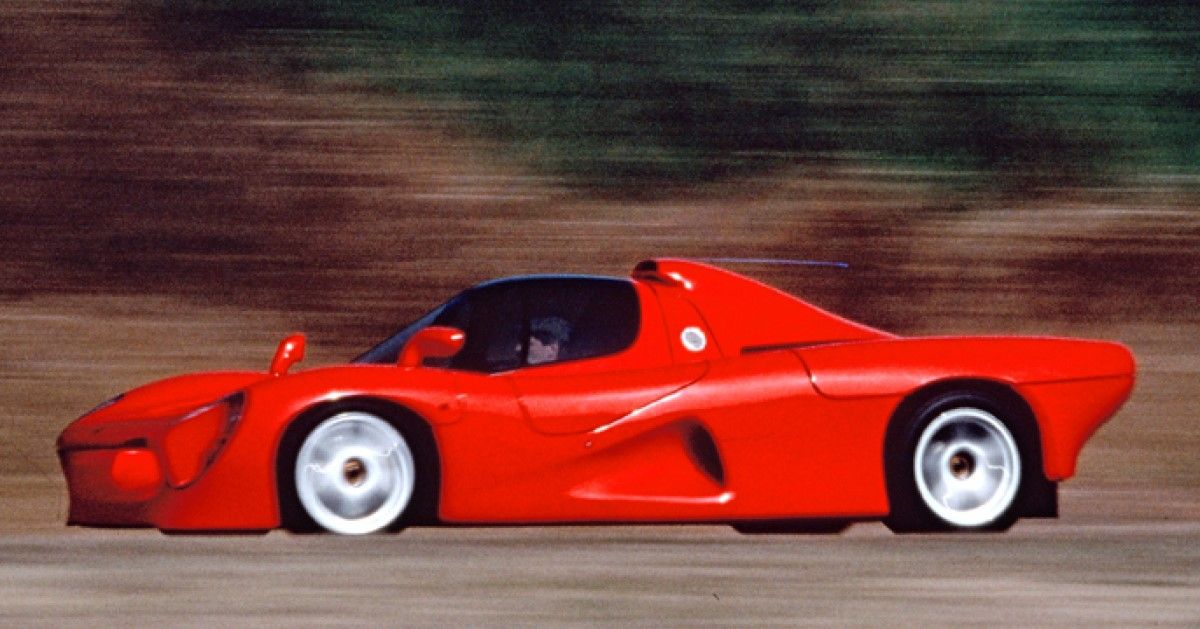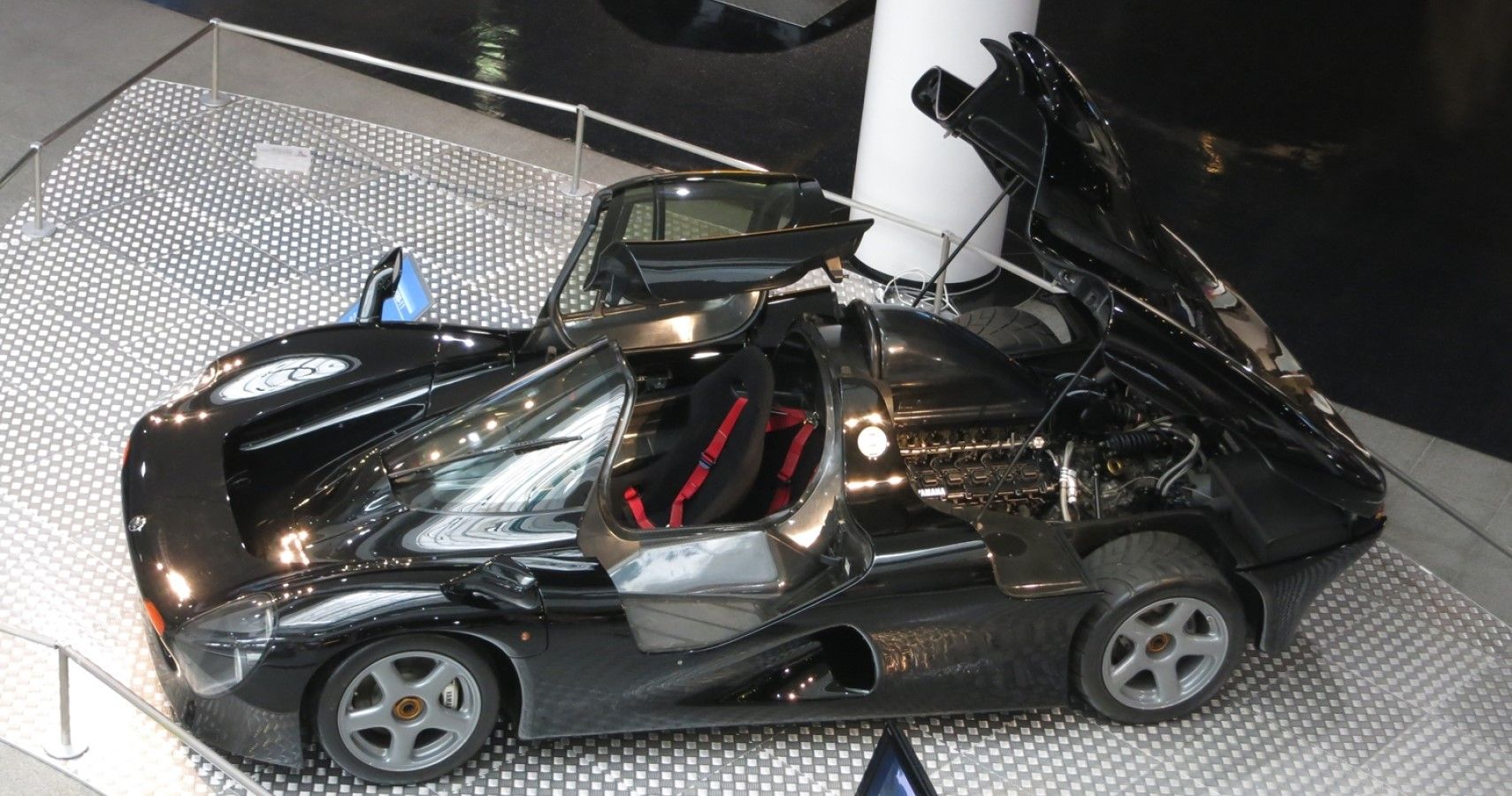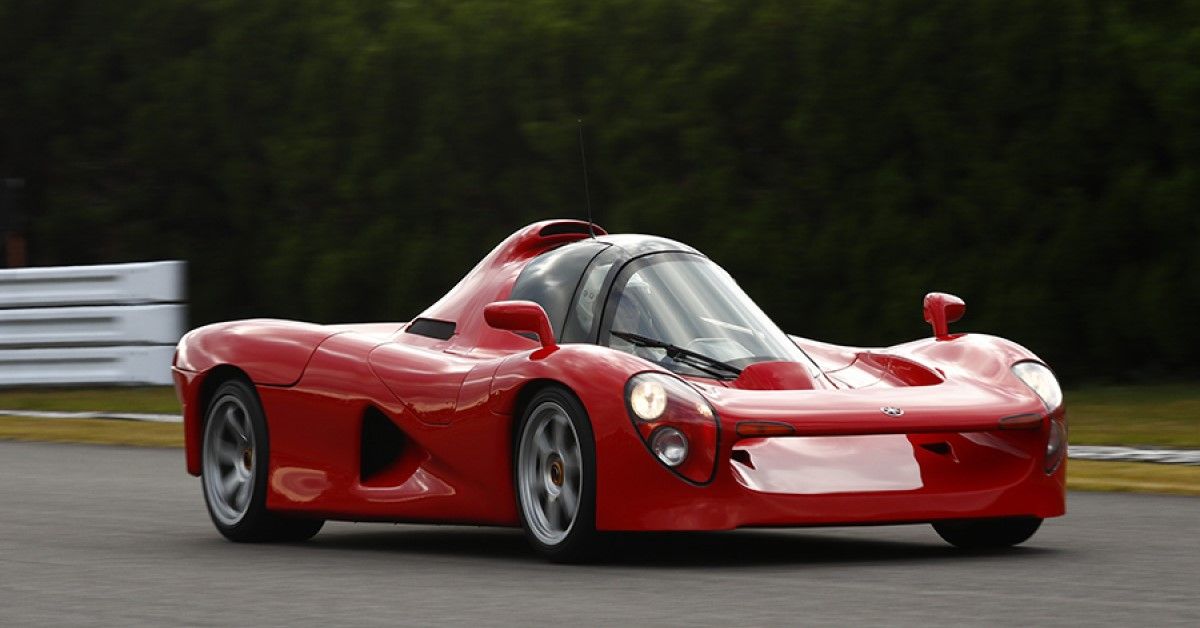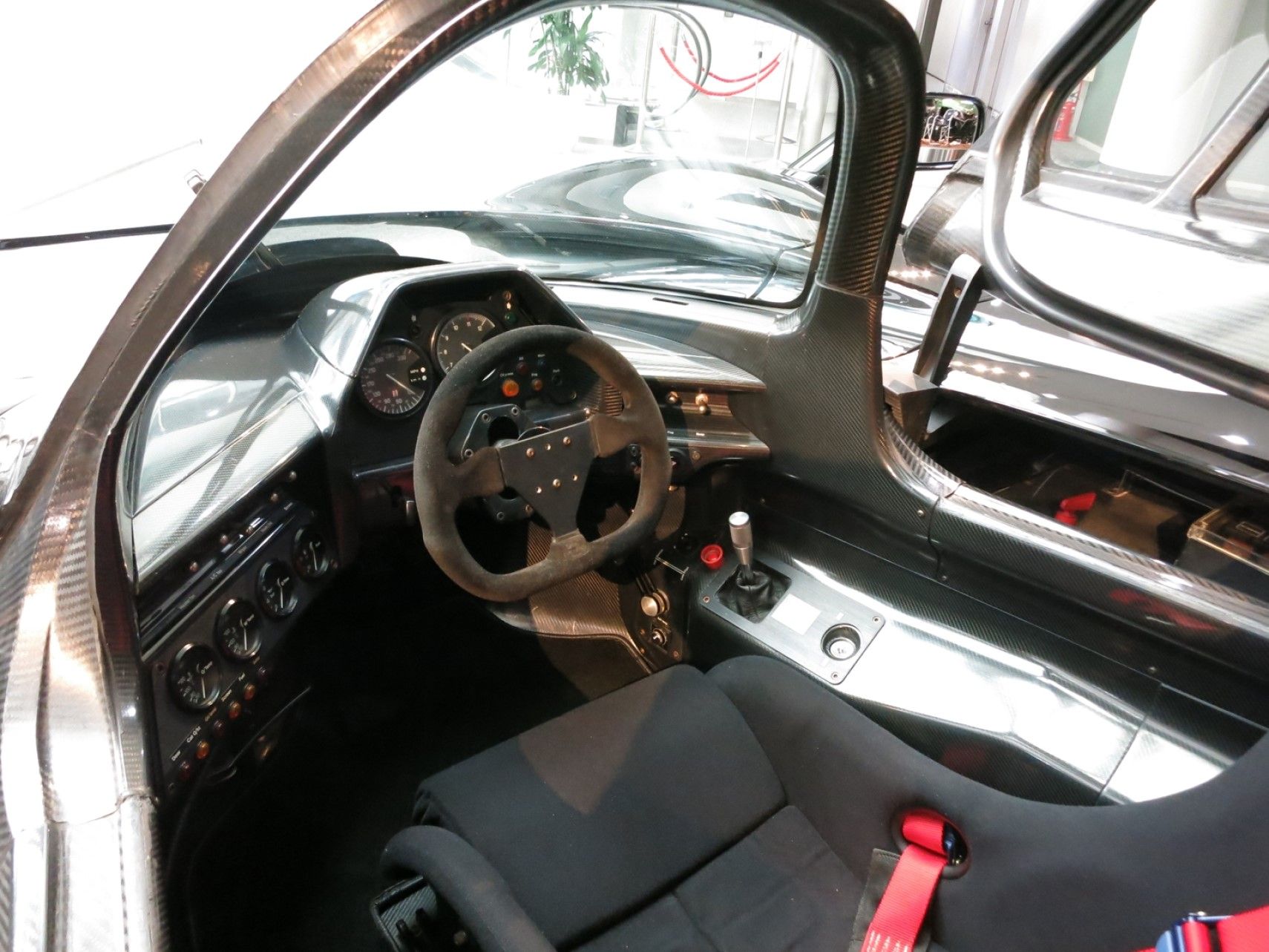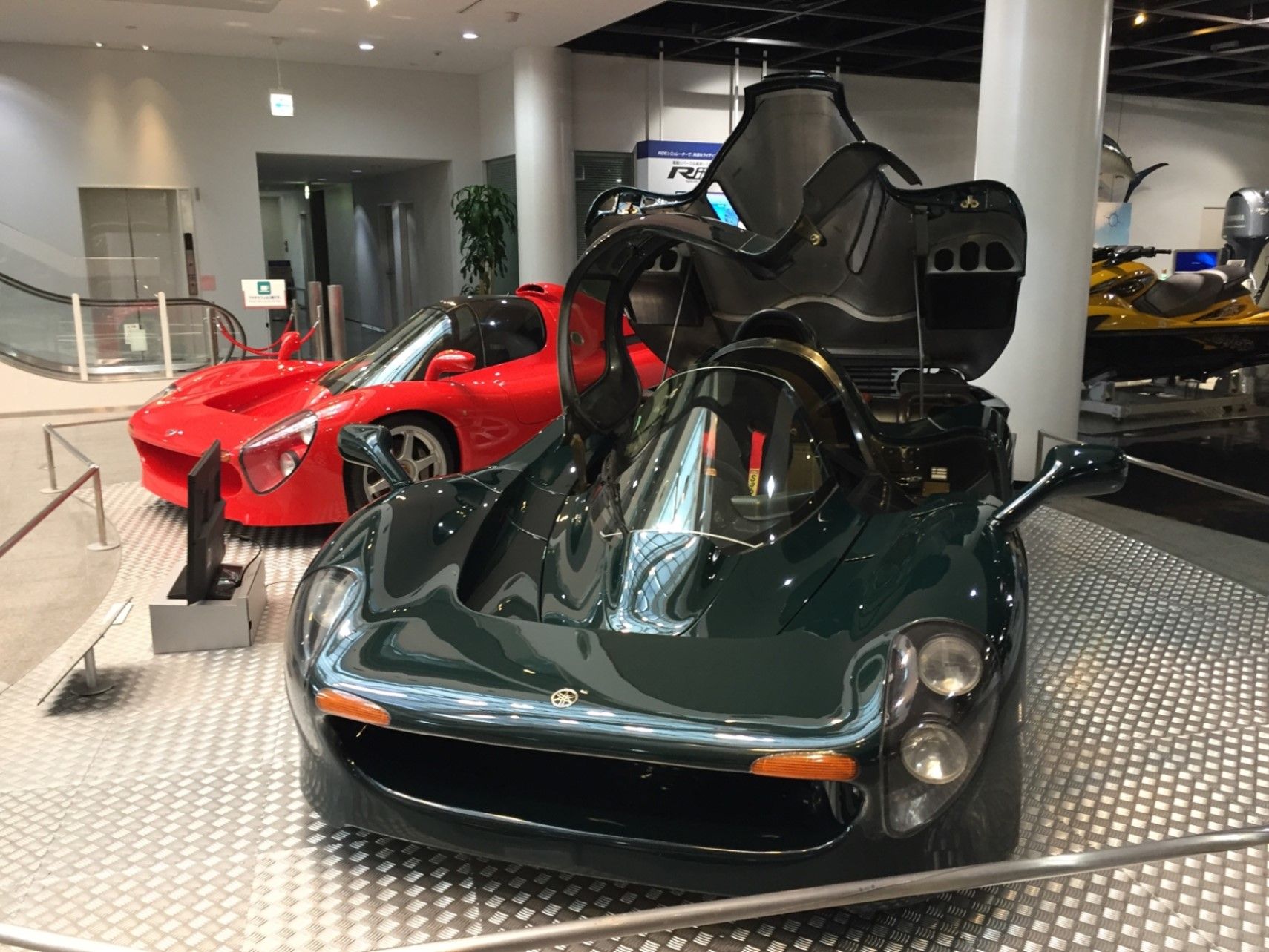What if we said that Yamaha not only makes cool motorcycles, but also super-cool cars? Yeah, we wish that was true, and even Yamaha tried their best with the OX99-11 in the 90s. Not many know of this Formula-One-derived supercar. But we can't blame Yamaha here! Because they decided to make one of the coolest cars that could never be, during a time of financial instabilities.
And Yamaha's ambitious supercar project met a sadder demise than the likes of Bugatti EB110 and Jaguar XJ220. This car was Yamaha's homework based on their years of experience as an engine provider for Formula One during the late 1980s and early 1990s. The engine was a detuned version of the V12 found in the iconic Brabham BT60 F1 car.
And every component used in this machine was somehow related to F1. Let's put it this way. If Yamaha had been successful in selling the OX99-11 supercar, then the McLaren F1 might not have got the greatest tag that it enjoys now! It had a two-seater cockpit (yup, there's one more seat in that tiny cabin!) and one gull-wing style canopy door.
A tussle between the makers of this car regarding its budget was the main reason for the demise of Yamaha's 90s supercar. Also, after the OX99-11 supercar, Yamaha tried their hands at making a sportscar with the Sports Ride Concept that was showcased at the 2015 Tokyo Motor Show. But sadly, again, due to skepticism in pricing, the project was called off.
McLaren F1 is considered to be the greatest car of the 90s, but that's only because Yamaha decided to pull the plug on its OX99-11 supercar!
OX99-11 Was The Fruit Of Yamaha's Racing Expertise
Yamaha was the official engine supplier for Formula One from 1989 and from 1991 to 1997. All these years of expertise were piling up and the motorcycle-maker was not able to make a fruit out of it. But the idea of making a high-performance car was always on Yamaha's bucket list, which is why then even went on to become an engine supplier.
In 1991, Yamaha's engineering team developed an F1 motor called the OX99. And then they took it to a British company - International Automotive Design (IAD), to design the body for their car. But differences in the budget made Yamaha drop IAD from the project. And it was taken over by their own Ypsilon technology to finish the project.
An F1-Derived V12 That Screamed Over 10,000 RPM
The OX99-11 packed a naturally aspirated 3.5-Liter V12 motor, churning out 440 hp and revving madly to over 10,000 rpm. The rear-mid-mounted engine was coupled to the rear wheels via a six-speed manual transmission. This engine was derived from Yamaha's race-spec F1 engine that, in its prime, churned out over 700 hp @ 13,000 rpm, and was also used in many iconic F1 cars.
The Yamaha OX99-11 could do 0-60 mph in 3.2 seconds and hit a top speed of 217 mph (all this in the 90s). The acceleration figure was the same as the McLaren F1! This engine needed a lot of air. And so, Yamaha's supercar came with a rooftop air intake system (just like in F1 cars) to provide this engine with all the air it needs!
Bleeding-Edge For It's Time With F1-Spec Materials
Beneath that quirky yet smooth aluminum body was an F1 car in disguise. The OX99-11 utilized a carbon tub for its cabin. The V12 motor was directly mounted onto the rear section of this tub. All the structural body parts were carbon fiber to save weight.
Yamaha used double wishbone suspension at both ends, with a complex creation of inboard coilover damper units using aero-grade steel tubing. The car was made to be as short as possible to aid in driving dynamics. And it came with sizable 245/40R17 front and 315/35R17 rear tires.
A Bold Design With Impressive Aerodynamic Appeal
The first proposed design for Yamaha's F1 supercar was done by a German firm. But the Japanese automaker didn't like it as it was too "normal". That's when they put Ypsilon Technology and brought IAD into the picture. And the final design is a sight to behold. The car was unlike anything at the time but had a clear indication to take on the McLaren F1.
We feel that Gordon Murray's newest creation - the T.50 might very well have taken inspiration from the OX99-11! The smooth and curvy body was high on aerodynamic appeal. It even had a nearly concealed front spoiler. The sides had huge air-inlets that fed in cold air for the radiators at both ends. As for the rear, the huge splitters surely gave us an idea of its aggressive aero-appeal.
A Two-Seater Cockpit With A Radical Door
Contrary to popular belief, the OX99-11 came with not one but two seats. Yamaha always wanted to make it a two-seater. But the design restricted a cozy layout which is why the second tandem seat is hidden! As for the cabin, it was wrapped in carbon fiber and all the dashboard elements were focused onto the center-mounted driver seat.
It looked like a fighter-jet cockpit. Yamaha even used a flat-bottom removable steering wheel, despite it being unnecessary. As for ingress and egress, it was surprisingly easy, because of the quirky canopy door-cum-roof that opened only from the left.
Just Three Of This Yamaha Supercar Exists In Red, Black, And Green
The project couldn't materialize and Yamaha finally let go of its ambition because of the financial crisis during the time. But the team managed to make three working prototypes in three vibrant shades - blue, red, and green. And it is brought out by Yamaha at various motorsport events in Japan. They do take a lot of pride in this creation (rightfully so!).
Sources: Globlal.yamaha-motor.com, News.yamaha-motor.co.jp, Carscoops.com, Bringatrailer.com, Autoevolution.com

